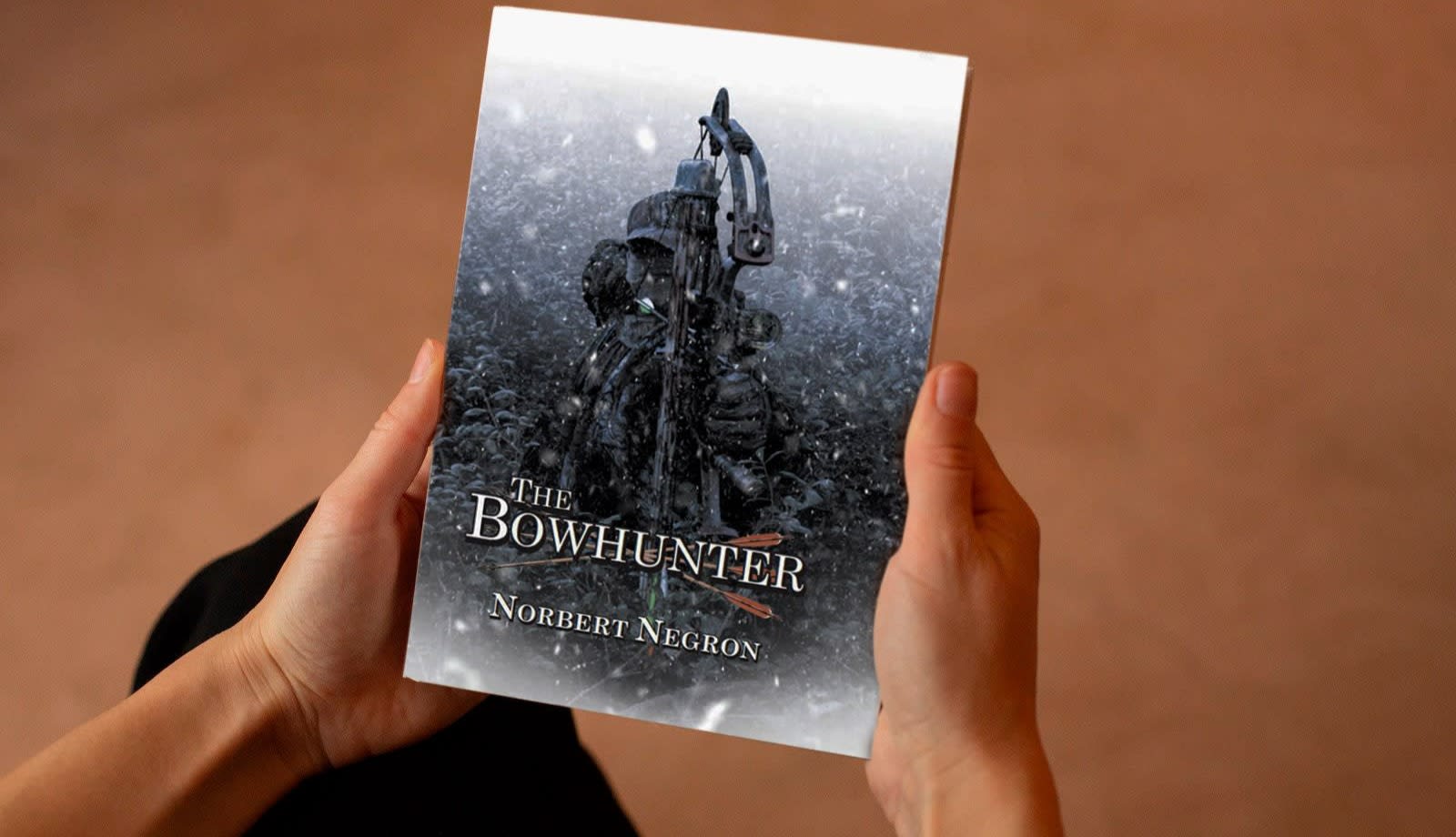What is a Character Arc? Exploring the Journey of Transformation

Posted on August 13th, 2024
The essence of gripping storytelling often lies not just in the plot, but in the profound journeys that characters undertake. Each tale weaves a unique narrative of personal trials, noteworthy triumphs, and engaging transformations.
You don't merely follow the characters through the events they go through; instead, you are drawn into their evolving beliefs, their strengthening or faltering resolve, and their deepening understanding of themselves and the world around them. This exciting journey of growth and change, both internal and external, is what gives stories their heartbeat, turning pages from mere paper to portals of experience.
So, why do we feel such a strong bond with characters who undergo this kind of transformation? It’s because their journeys mirror our own life experiences, our struggles, and our victories, albeit in a heightened narrative form. When you see a character wrestling with challenges that test their spirit and values, you recognize parts of your journey in theirs. You root for them, not because they are heroes, but because their triumphs and defeats reflect the human condition so intimately. The narrative isn't just a sequence of events but a process of watching someone evolve, learn, and adapt, just as we do.
And therein lies the magic—the character arc isn't a separate element of the story; it’s the pulse that drives it forward, making each moment resound deeply with you. The next time you immerse yourself in a gripping tale, pay attention to these arcs; they are the lifeblood that makes stories not just exciting but transformative.
What is a Character Arc?

Simply put, the arc is about transformation; it's how the person changes, evolves, or solidifies their beliefs over time. This powerful character transformation is what keeps us glued, chapter after riveting chapter.
Life, much like our plots, is a series of continuous tests and improvement. So it's only natural that we want to see characters go through the fire and come out stronger or wiser. When we talk about a story's structure, we often refer to the journey the character embarks on. You witness their transformation from a naive rookie to an experienced warrior, for example. Their growth is driven by the obstacles they face and the impactful choices they make, pushing them beyond their limits. This internal journey is what adds layers to your story, creating believable, relatable characters rather than cardboard cutouts. Picture someone who starts off vengeful, but through trials and interactions, discovers the true essence of forgiveness. Through these arcs, the audience is invited to walk in their shoes, to feel their pains and joys. Isn't that the very crux of impactful storytelling?
For many of us, the journey of transformation holds significant weight. Why, you might wonder. It's because these arcs mirror our own life battles and triumphs, regardless of the varying specifics. When writing or engaging with characters, a key aspect to ponder is their motivations and how these drive them to change. Observing this journey and transformation through the narrative not only enhances the plot but also tends to echo profoundly with readers, ensuring that the story remains etched in their minds.
Types of Character Arcs
When delving into types of character arcs, it’s important to appreciate how each can uniquely shape a narrative:
Positive Growth Arc
On the positive growth arc characters overcome obstacles and emerge better for it. Think of an individual who starts with little confidence but, through trials and tribulations, discovers inner strength and wisdom. Perhaps they start off as a man haunted by past failures, but as they conquer challenges, they find purpose and fortitude. Such character arcs are immensely satisfying because they mirror the potential for triumph over adversity, something every reader yearns to witness. This growth arc draws from the core of human potential, expanding on personal development and the rewards of perseverance. Leaving an audience not only entertained but inspired is a sign of a well-crafted positive growth arc.
Negative Fall Arc
On the flip side, there's the negative fall arc, often referred to as a corruption or tragic arc. Picture a once noble character who, seduced by power or overcome by personal vices, spirals into darkness. Classical literature is rife with characters who start with good intentions but ultimately succumb to their flaws. An officer of the law turning rogue due to corruption, a skilled huntsman driven mad by revenge, forsaking his principles, or a trusted follower who betrays their cause - these arcs serve as cautionary tales. They compel us to ponder the fragility of morality and the ease with which one can be led astray. The negative fall arc reminds us that every decision matters, as slipping into darkness too often starts with just one misguided step. It lays bare the human vulnerabilities that exist in us all, challenging readers to reflect on their own moral compass.
Flat Arc
Lastly, we have the flat arc, where the character remains steadfast throughout the narrative. While they remain mostly unchanged, these characters profoundly impact their surroundings. They are the unwavering rock amidst a sea of change. Their journey is not about discovering truths but rather about reinforcing them in the face of opposition.
Consider a devout and skilled character whose faith and determination inspire those around him. No matter the trials he faces, his beliefs remain unshaken, inspiring others. This type of arc is effective in stories where the focus is on changing the environment or secondary characters, while the protagonist’s consistency serves as a guiding light. It is a powerful reminder that sometimes, standing firm in our beliefs amidst chaos can be just as compelling as undergoing a significant change.
Character Development: A Crucial Element
However, the genuine beauty of character development lies in these diverse arcs' authenticity.
Naturally Unfolding
When characters are meticulously crafted, their arc easily integrates with the overall story. A character's evolution should never feel forced or artificially constructed; rather, it should unfold naturally, driven by the narrative's events and challenges. This is where the careful balance between narrative and character development shines through.
The internal changes a character undergoes must be in sync with external events. Think about it: every complication, twist, and resolution in the plot should mirror a facet of the character’s internal journey. If a character faces a moral dilemma that makes him question his past decisions, the narrative surrounding this turmoil should be equally robust, intertwining his external battles with his internal struggle. As the storyline thickens, the character's transformation must reflect the sum of experiences, ensuring that each twist and turn compels readers to root for or against the protagonist with bated breath.
Mirroring the Readers' Emotions
Furthermore, the integrity of character development significantly impacts the readers' emotional engagement. Vivid, multi-dimensional characters who grow, adapt, or even regress in response to their experiences create more immersive narratives. When a character's arc is well-crafted, readers see reflections of their own life choices, struggles, and triumphs. It cements a deeper connection, making the story not just a piece of fiction but a mirror to their own reality.
Accordingly, the interdependence of narrative and character development is vital. When characters are fleshed out with motivations, fears, and dreams, their arcs create relatable anchors within the story. We understand the significance of plot twists and emotional crescendos because of the perfectly designed character's development.
An Interplay Between Personal Evolution and Plot
Character arcs, with their complexity and depth, are pivotal in driving this perpetual interplay between personal evolution and plot development. As authors, this gives us a powerful tool to craft stories that resonate on multiple levels. It’s why tales of valor, redemption, and tragedy have stood the test of time. They are not merely about the events that transpire but about how these events sculpt the individuals facing them. Every hardship, every victory, and every loss they experience marks a step in their arc, making them more than just participants in a story but emblematic of broader human experiences.
So, when you're reading your next story, consider that characters aren't merely players in a script; they're the lifeblood of the narrative, each arc a pulse that keeps the story’s heart beating strong.
Personal Growth in Character Arcs: The Bowhunter Transformation

Take the case of Ray Rod, the main character from The Bowhunter by Norbert Negron. Ray’s story is a vivid depiction of enduring faith amid relentless adversity. Initially presented as a man of deep-rooted conviction and unwavering principles, Ray Rod’s journey is marked by significant challenges that push him beyond the limits of his human abilities.
He started as a successful and grateful man, his conservative morals and testimony for Christ woven into his daily life. Yet, when bad men, fake news, and government corruption are unleashed upon him, hunting for his life, Ray faces trials that scarcely any man could withstand, making his growth and faith-steeped character arc incredibly engaging for readers. His journey from a point of relative contentment to continuous, severe trials tests not just his physical strength but his spiritual resilience as well.
Why do readers connect so profoundly with characters who exhibit substantial personal growth? The answer lies in the relatability and emotional depth such journeys provide. When you see Ray Rod facing unwarranted persecution from corrupt agents and a biased media after him, his battles become epics of faith and endurance. Through his trials, Ray’s character development reflects a spiritual journey where his faith is tested to the extreme, making his eventual triumphs profoundly relatable. This tension between his steadfast beliefs and the overwhelming odds provides a powerful narrative engine, pulling readers into the story and compelling them to root for him.
Ray's growth is not just about survival but about reaffirming his principles, offering a mirror to readers of their struggles and the rewards of standing firm in their faith. These diverse arcs underscore how character development can turn a story from a mere recounting of events into an emotionally resonant journey.
Related: Looking for Adventure? Discover the Best Survival Fiction
Final Thoughts
As we analyze the importance of character transformation, it becomes evident that authentic character arcs require a meticulous balance between narrative events and personal evolution. Characters like Ray Rod don’t simply react to external threats; their internal journeys are mirrored by these conflicts. The trials Ray endure prompt introspection and spiritual reaffirmation, adding layers of depth to his character arc. Thus, these things aren't merely obstacles but catalysts for change, crafting a rich story of personal growth and faith. This kind of intricate weaving between plot and character development ensures that readers are continually engaged, feeling every setback and uplift in their protagonist's life.
Norbert Negron, author of The Bowhunter, makes this story absolutely memorable and comforting to return to. It’s this interplay between faith-filled personal journeys and gripping narratives that ensures this book will remain etched in the hearts of readers, reminding them of the power of steadfast belief amidst turmoil.
For those who want to experience a deeply engaging story of faith, trials, and personal growth, The Bowhunter offers precisely this captivating narrative. By sharing Ray Rod’s challenging yet uplifting journey, you’ll understand firsthand the power of a well-maintained character arc.
Explore the journey today by visiting The Bowhunter Book and grabbing your copy.
Don’t hesitate to reach out with your thoughts or inquiries; feel free to contact us at [email protected]. Immerse yourself in a story that’s more than just a narrative—it's an experience that stays with you long after the last page is turned.